What is a disposable toilet bag?
, by Ayaka
Due to the harsh environment and a lack of toilet facilities, hikers in Hokkaido need to be prepared for when nature calls. The idea of pooping in a bag may be off-putting, but this guide explains how to prepare for when the moment strikes.
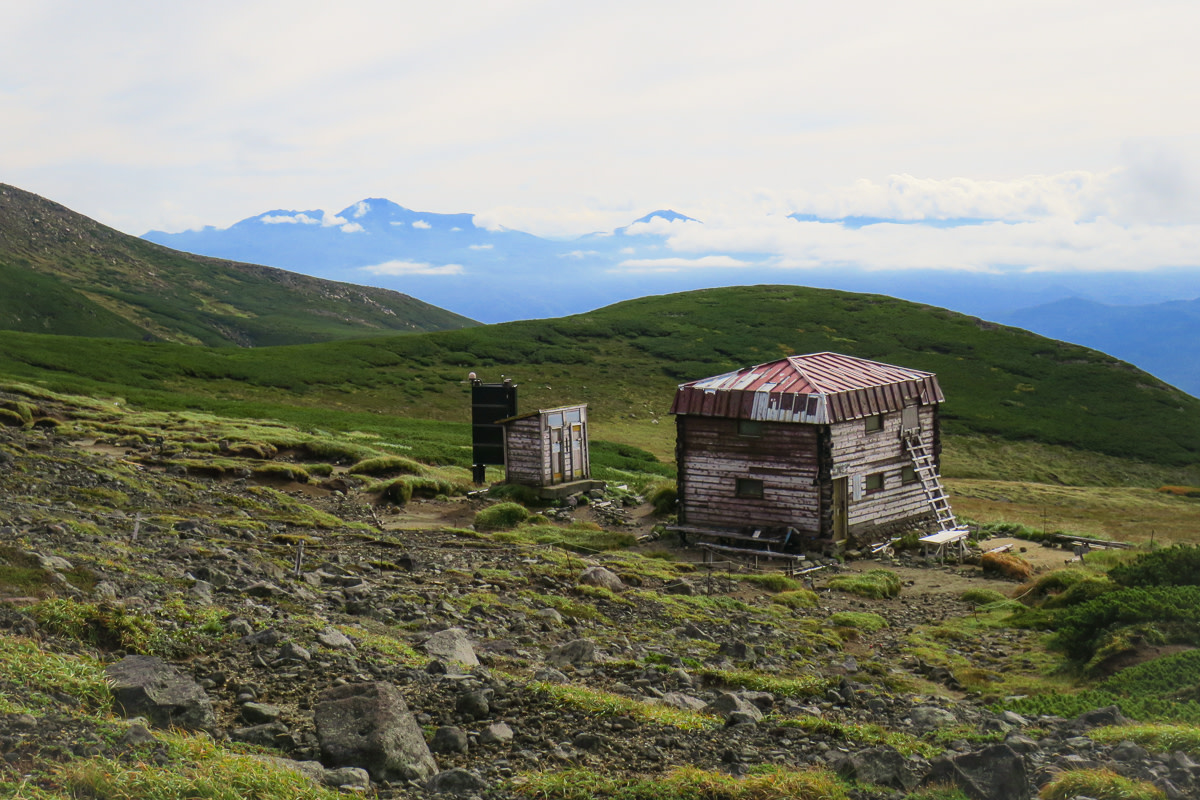
”Keitai Toilet” literally translates to “portable toilet” and is something we would like our guests to know about before starting a hiking adventure in Hokkaido. In this article, we use the translation “disposable toilet bag” as it describes more clearly what it is and its functions.
What is a disposable toilet bag and why do I need to know?
We’d like to make a fuss about this here, because “toilets” in Hokkaido’s backcountry, especially in the Daisetsuzan area, have been controversial for quite some time. The root of the problem lies in the lack of toilet facilities on popular hiking routes. Daisetsuzan National Park is bigger than the area of our capital Tokyo, however, the number of toilets in the Park is limited to only FIVE:
Kurodake Ishimuro Refuge Hut
Hakuundake Refuge Hut
Chubetsudake Refuge Hut
Kamihorokamettoku Refuge Hut
Hisago Numa Refuge Hut
The total distance of hiking routes in Daisetsuzan exceeds 300km. You could be walking from hut to hut without any access to a toilet for 9-10 hours. There are areas designated for camping that have a basic shelter or temporary toilet tent with nothing inside, for you to hide and do your thing. Hikers are expected to use disposable toilet bags here and carry them out just like you do for any other rubbish.
Even the toilets equipped at those refuge huts are pretty basic. Except the Kurodake Ishimuro (which has a bio-toilet operated by pedal power) they are simple long drop toilets which reach full capacity on occasions. Unlike on Mainland Honshu, where the huts are serviced and operated privately, Hokkaido refuge huts are mostly unmanned and are primarily there as emergency shelters.
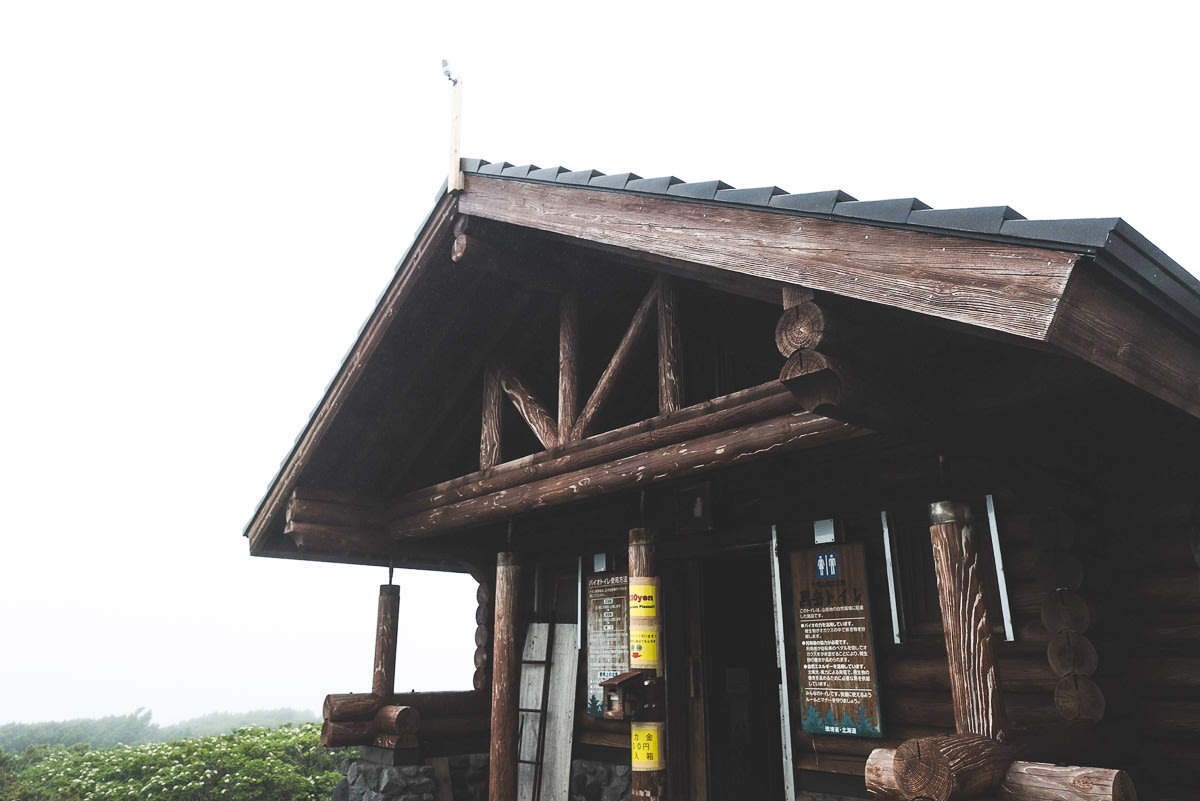
According to a local voluntary group “山のトイレを考える会” who have been working hard to improve the problematic situation in Hokkaido over the last 20 years, it was between 2000-2002 when the refuge huts’ toilets were last cleared by helicopter operations… I am ashamed to say… not ever since!
In Hokkaido there is no longer a private helicopter company in business, and hence the cost of operating helicopters solely for clearing toilets is hugely expensive. The local councils who administer these huts cannot afford the high maintenance cost. That’s the sad reality we’re facing.
The saviour is the disposable toilet bag. Because of the shortage of toilets in the backcountry, sadly enough, there are areas that have clear signs of contamination. Efforts are made at all levels across all sectors to encourage the use of disposable toilet bags in the outdoors of Hokkaido. You’ll see posters near trailheads and visitors centers advocating their use, now you know what they are.
How do we use a disposable toilet bag?
It is simple. A packet generally contains three things: a plastic bag, a coagulating agent, and a resealable bag.

Follow the following three steps. The last one is very important for your comfort!
Pee and/or poo in the white plastic bag
Put coagulating agent in the bag (1 and 2 can be reversed)
Close the bag and put in the blue resealable bag and make sure it is SEALED (otherwise it can be a disaster)
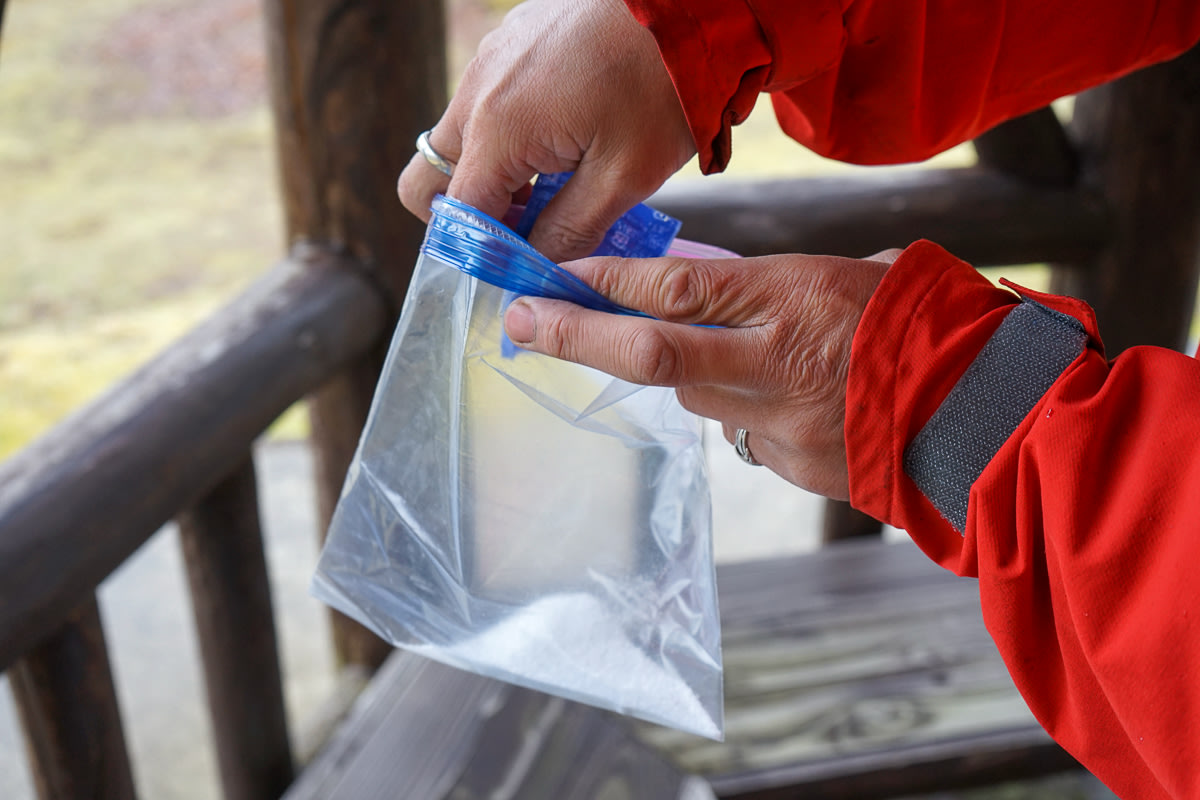
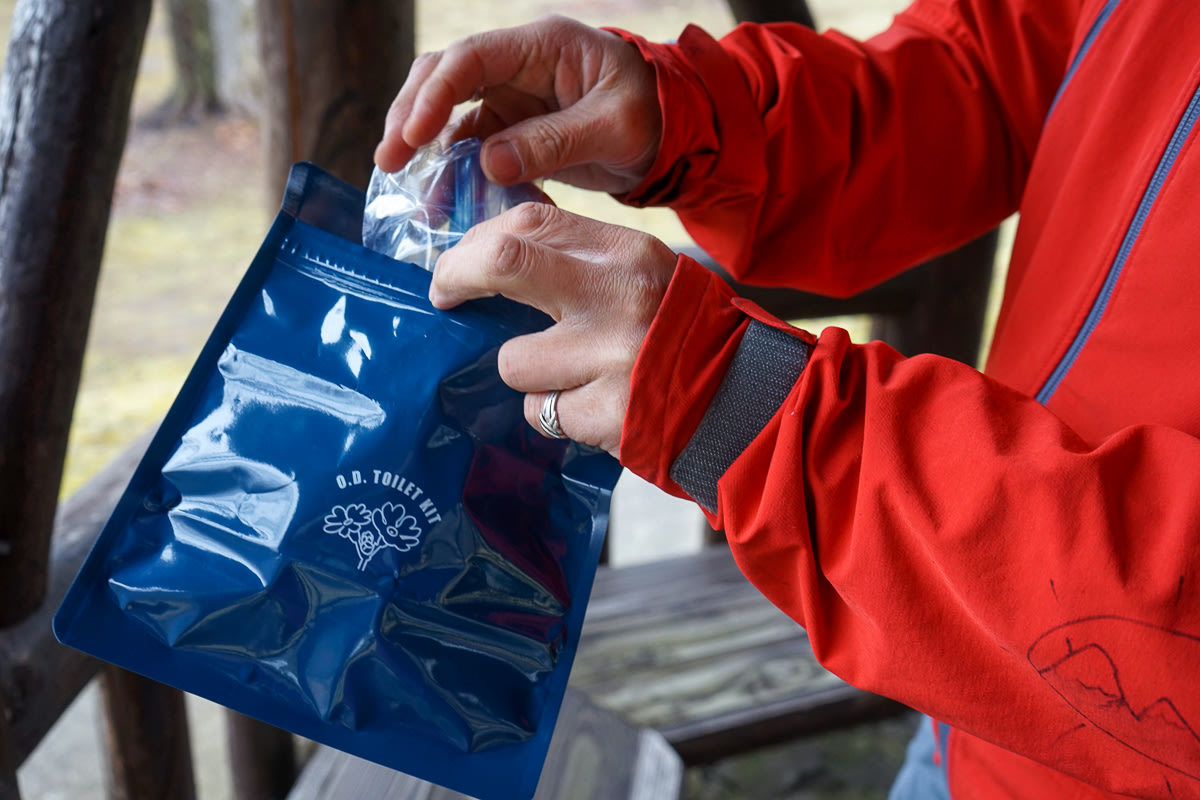
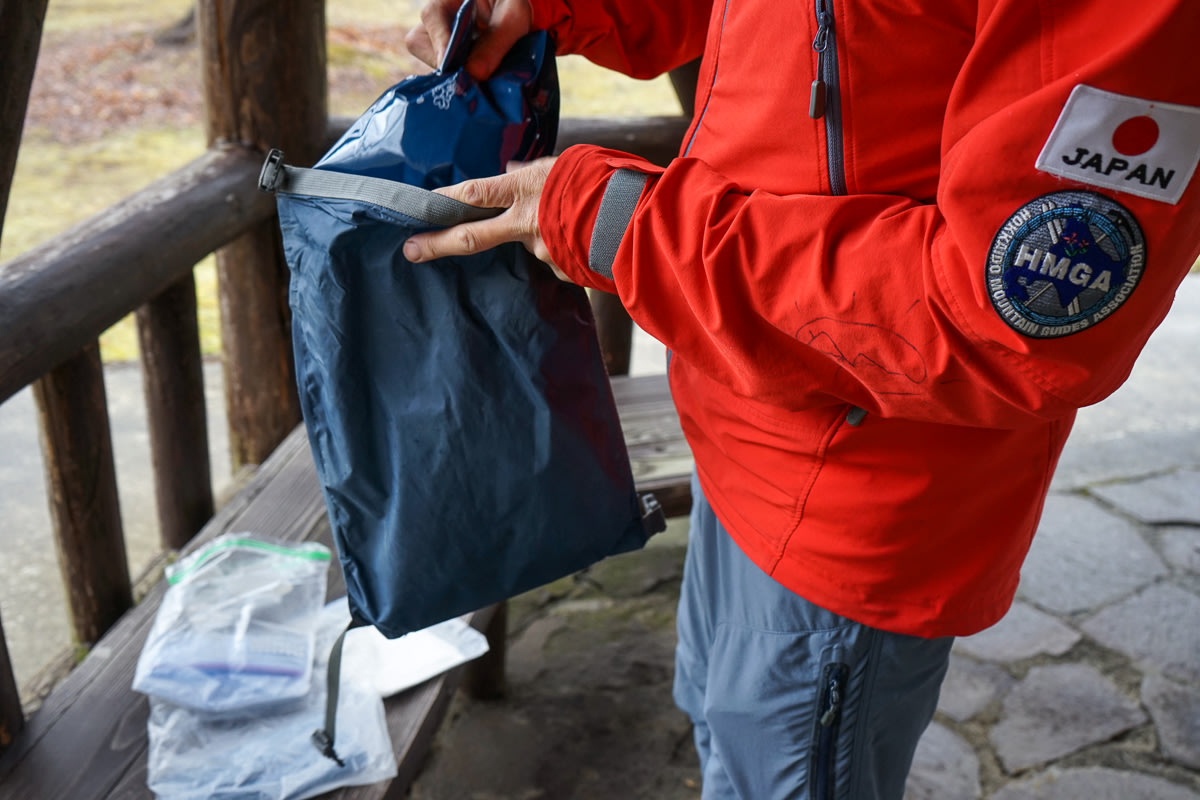
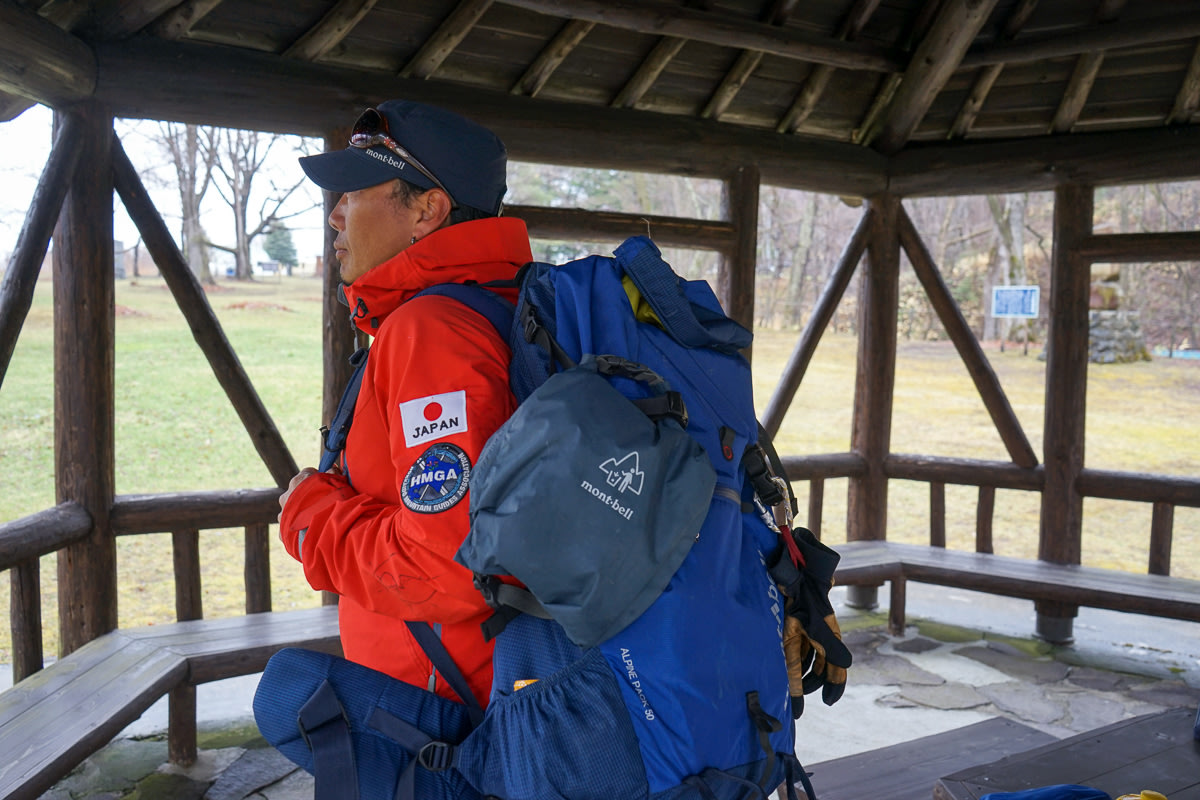
The best practice is to use a disposable toilet bag no matter how high/low altitude you are. The treeline in Hokkaido is around 1,500m, and a lot of Daisetsuzan hiking trails are above this elevation. As any hiker would know, things don’t decompose so well in high altitudes. In the case of Hokkaido mountains, due to the earth being covered by snow for half the year, we believe it is necessary to pay the same grade of attention to the lower mountain areas as the alpine zone.
Where can I dispose of my disposable toilet bag?
So what happens to the used disposable toilet bag after the hike? Generally, you’ll find a box placed either near trailheads or next to National Park visitor centers, where you can dispose of used bags free of charge. You don’t have to travel with it until you reach home. The local councils, sometimes together with local mountaineering clubs, collect them regularly, voluntarily.
Where can I get a disposable toilet bag?
You will find disposable toilet bags from any outdoor retailer in Japan. The one we often see people use in the outdoors is the Mont-bell toilet kit, presumably because of its reasonable unit price (approximately ¥200 per bag). Where outdoor shops don’t exist, you’ll often find them in Hokkaido’s local favorite convenience store “Seicomart”, ferry/bus terminal souvenir shops, pharmacy “Tsuruha”, or home centers. When hiking for multiple days in Hokkaido, it is essential to check the locations of toilets en route and figure out how many disposable toilet bags you are going to need beforehand.
A penny saved is a penny earned
“Only this time should be okay” is not okay! Adventure Hokkaido Guide Yasu says: “There was a pond in Daisetsuzan, which we used to use for drinking water. The pond got contaminated by human waste over time. A group of hikers used the pond water for making coffee once, and apparently they didn’t boil it long enough. On the following morning four people got very sick. It is a shame we cannot rely on it as a safe water source anymore.”
On Adventure Hokkaido tours we encourage our guests to use disposable toilet bags even on a day hiking trip. We would like to keep our mountains clean, free of contamination, and sustain the user facilities in good shape. Your understanding and cooperation is greatly appreciated by us all.
About Adventure Hokkaido
Adventure Hokkaido is a tour operator specialising in small group hiking, cycling, and nature tours in Hokkaido. We are a Japanese owned and operated adventure tour company who run overnight tours solely in Hokkaido. From our base town Higashikawa, we are sharing information on this blog page to help visitors to Hokkaido plan their trips and better prepare for your next adventure holiday in Japan’s last frontier.